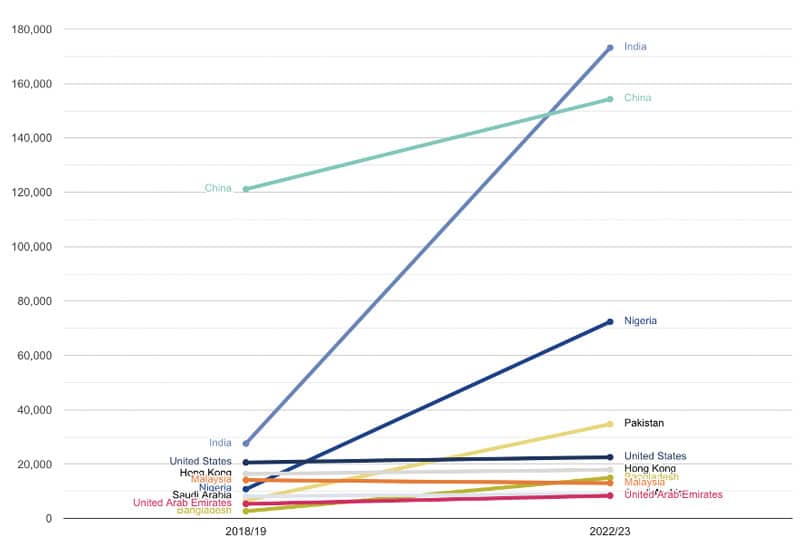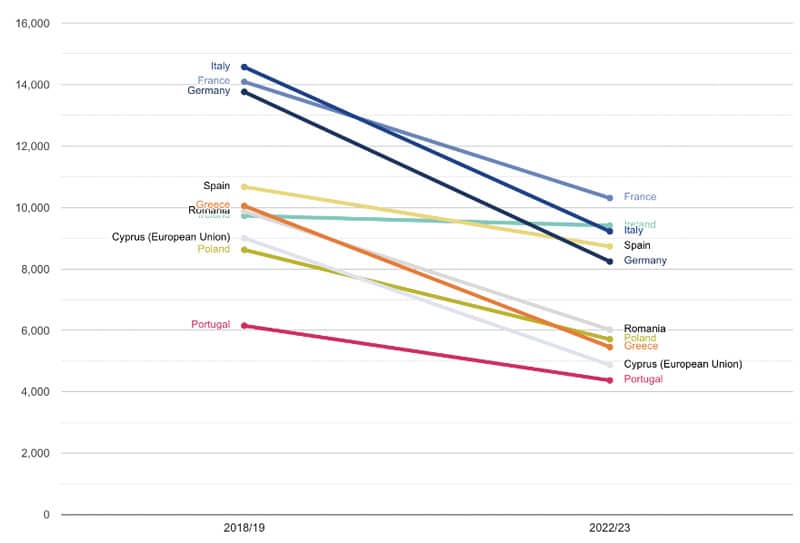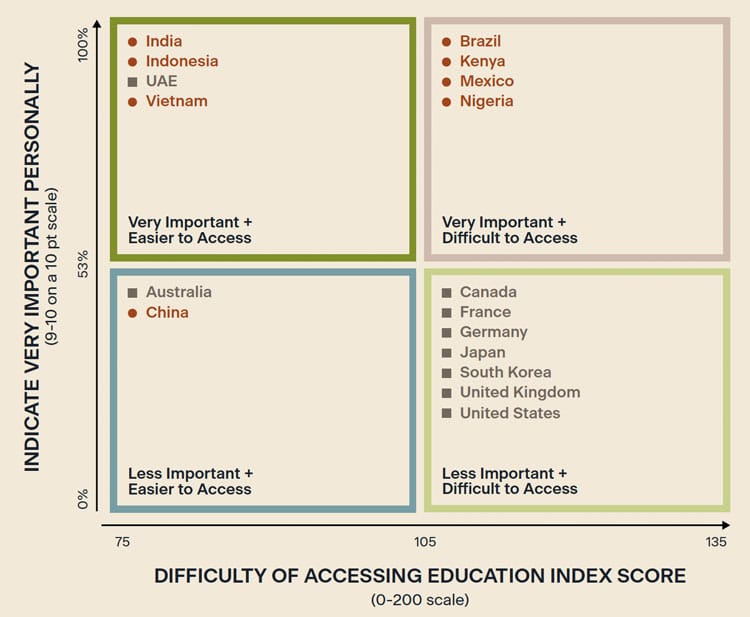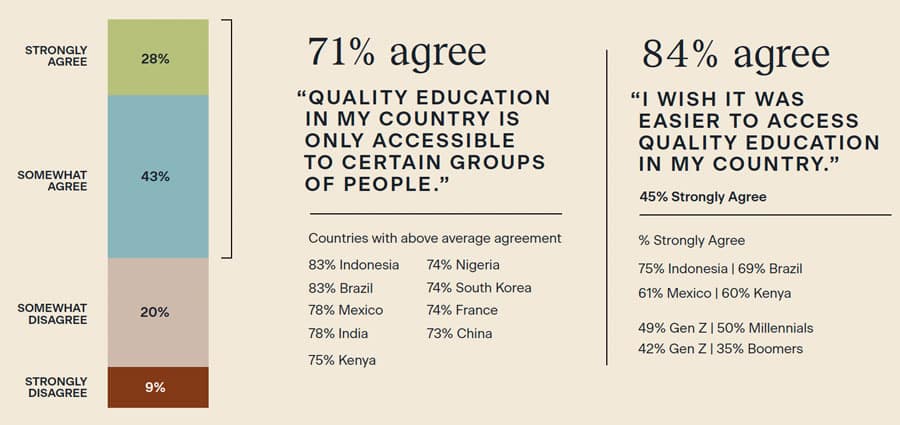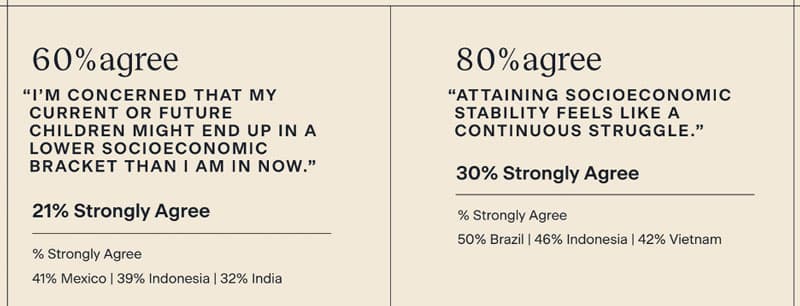On 16 May 2024, the Australian government brought forward a series of proposed amendments to the country’s Education Services for Overseas Students Act (ESOS). The Education Services for Overseas Students Amendment (Quality and Integrity) Bill 2024 would provide the government with additional powers to audit and sanction providers, and – most controversially – to cap foreign enrolment at the institutional and/or course level (Part 7 of the amendments) or to cancel a class or course outright (Part 8).
The bill has passed its first reading, and has been debated at second reading. Earlier this week, on 6 August, the Australian Senate convened a public hearing in Canberra to hear from witnesses on the proposed amendments. While a second day of hearings is also anticipated, the 6 August programme was largely taken up with representatives from major peak bodies across Australian education, and they were unanimous in their vigorous criticism of the pending ESOS bill. Speaker after speaker challenged the underlying rationale for the proposed changes, characterising the bill as an overreach and an unwarranted intrusion by government into both the public and private sectors of the Australian system.
For example, the first witness, Universities Australia CEO Luke Sheehy, said in his opening statement, “Universities Australia supports the government’s intention to maintain the integrity and sustainability of the international education sector, but we believe the bill as drafted is more a political smokescreen than an instrument for good policy, as the government seeks to gain an upper hand in the battle of migration ahead of the next election.”
He added, “Our main issue lies with the amendments that seek to control the number of international students our universities can enrol and what courses they can enrol in. This is ministerial overreach to an extent we have never seen before…No other major export industry is treated the way that international education is right now – not mining, agriculture nor tourism, none of them. It’s worth noting that, even without legislative powers to cap international students, the government has already taken a sledgehammer to the international education sector. Department of Home Affairs data shows that visa grants to higher education are down 23% in the past year – the equivalent of 59,410 university students.”
Speaking on the same witness panel, Group of Eight Chief Executive Vicki Thomson added that, “This rushed and poorly framed legislation is a classic example of retrofitting policy to suit dubious politics…We very clearly, with no ambiguity, do not support a blunt cap on international students, and that’s what parts 7 and 8 will deliver. Those two parts give the minister of the day the power to apply caps on international student enrolments at universities down to course level. They are draconian, interventionist and amount to economic vandalism.”
A 40% limit capped at 2019 levels
The hearing occurred the same day an exclusive report was published in the Australian Financial Review which cited high-level government sources to reveal that, “Government would set 1 January 2025 as the start date for the [enrolment] caps, resisting pressure from universities and colleges to delay their introduction for a year.” The report added that, “Universities and colleges will be limited to enrolling a maximum of 40% of their students from overseas, with caps to be in place for two years and numbers based on 2019 [enrolment levels].”
Those components of the proposed cap system outlined in Parts 7 and 8 of the ESOS bill have not be been confirmed. However, they were openly discussed by Senate officials and witnesses during the 6 August hearings, and there was no disagreement around the substance of the report.
Join 37,000 subscribers
and stay up to date on International Recruitment
If those limits are applied, they could have a profound impact on some of the country’s largest institutions. The AFR analysis, for example, estimates that the University of Sydney, would need to reduce its foreign enrolment by more than 12,000 students, while the University of Melbourne would need a reduction of nearly 8,000 students. Those institutions, and eight others, currently have foreign enrolments above the reported 40% threshold.
Private providers in the balance
“We believe the bill should be opposed,” said Independent Higher Education Australia Chief Executive Dr Peter Hendy. “The bulk of what the government is doing is not actually about integrity measures; it is simply about reducing immigration numbers. We believe that TEQSA and ASQA, who are the regulatory agencies in both the higher education and the vocational educational sectors and have the job of ensuring integrity, should be allowed to do their jobs. Government actions have already had a significant and adverse impact on independent higher education providers, who make a significant contribution to their local economies through creating employment opportunities and demonstrating a dedication to serve students, staff and the wider community.”
“Australian government data show that, in 2023, the number of international student enrolments in Australia was only 2.4% above pre-pandemic levels,” added Independent Tertiary Education Council Australia (ITECA) Deputy Chief Felix Pirie. “This is not the explosion in numbers that some have spoken of…However, recent government interventions in the migration framework—which we heard about just in the previous session—and the proposed bill before you today threaten to undermine the progress that we’ve made. Proposed reforms could exacerbate existing challenges rather than promote progress and further hinder the ability of the independent providers to effectively support international students…the bill includes provisions that are, to be frank, a job-killer.”
In a related 7 August release, ITECA Chief Executive Troy Williams went further in saying, “The Australian Government’s international education policy is in tatters and lacks a cohesive strategy. The Government is now drowning in its own baseless rhetoric…The result is a number of knee-jerk policy responses that are not only damaging Australia’s reputation as a welcoming destination for overseas students but causing anxiety for the 30,000 people employed with independent providers in the independent tertiary education sector.”
Recent visa data for Australia indicates that the private sector has indeed been hard hit this year with historically high rejection rates for visa applicants.
ITECA’s submission to the Senate hearing this week outlines that, “The Government appears to have limited understanding of the damage being inflicted on the independent sector. For example, in the period 1 July 2023 to 30 April 2024, there was a total of 268,365 primary student visas granted. Of these, just 15,400 were granted to students from offshore seeking to study a skills training course. That’s just 5.7% of the total number of student visa grants in this period. Outside the pandemic years, this is the lowest since 2014/15.”
Why are we doing this again?
Among many other commentators on Australia’s proposed legislation, Australian National University Professor Andrew Norton’s recently published, and highly insightful, analysis makes a number of key points.
“Over the last year the government has implemented nine significant migration policy changes to reduce the number of current and former international students in Australia,” concludes Professor Norton. “[They include] visa processing priorities, increased English language levels, increased savings prior to coming to Australia, greater use of ‘no further stay’ conditions on student visas, a requirement to show ‘logical course progression’ if applying for another student visa, no onshore student visa applications for visitor visa holders, no onshore student visa applications for temporary graduate visa holders, shorter temporary graduate visas and more than doubling the student visa application fee. A tenth migration policy change, abolishing points commonly used by former international students in points-tested permanent residence visas, has been foreshadowed.
Some of these changes, while likely to reduce student demand, should help with widely acknowledged issues in international education, such as student poverty and insufficient English language ability…Other migration policy changes are hard to defend…With nine migration changes already implemented and a tenth to follow, the government has probably done enough to achieve population moderation. Even without policy change, 2025 should be a more ‘normal’ year in international education. Post-COVID pent up demand should have largely cleared between 2022 and 2024. By 2025, course completions by the commencing cohorts of preceding years should increase, producing more international student departures to offset arrivals, a process that restrictions on applying for further visas will accelerate.
Instead of pausing to see whether it had found the right balance between its overall migration goals and maintaining an industry the education minister still says is an ‘incredibly important national asset’, the government introduced a bill to cap international students by education provider and course from 2025.
The ESOS amendment bill appears to have been rushed…Consultation with other government agencies was so unsatisfactory that the vocational education regulator, the higher education regulator, and the department responsible for issuing student visas have all, via their Senate inquiry submissions, gone public with their concerns.
On its current trajectory, the government will cause much more damage than is necessary to achieve its policy goals. Its mistreatment of people hoping to study in Australia will harm the country’s reputation. Some education providers will close and others will shrink. Thousands of people working in the education sector will lose their jobs. Other industries relying on international students as workers and customers will go into decline. International education policy needs a period of pause and reflection, not the current poorly thought through plan to cap international student numbers.”
For additional background, please see:

